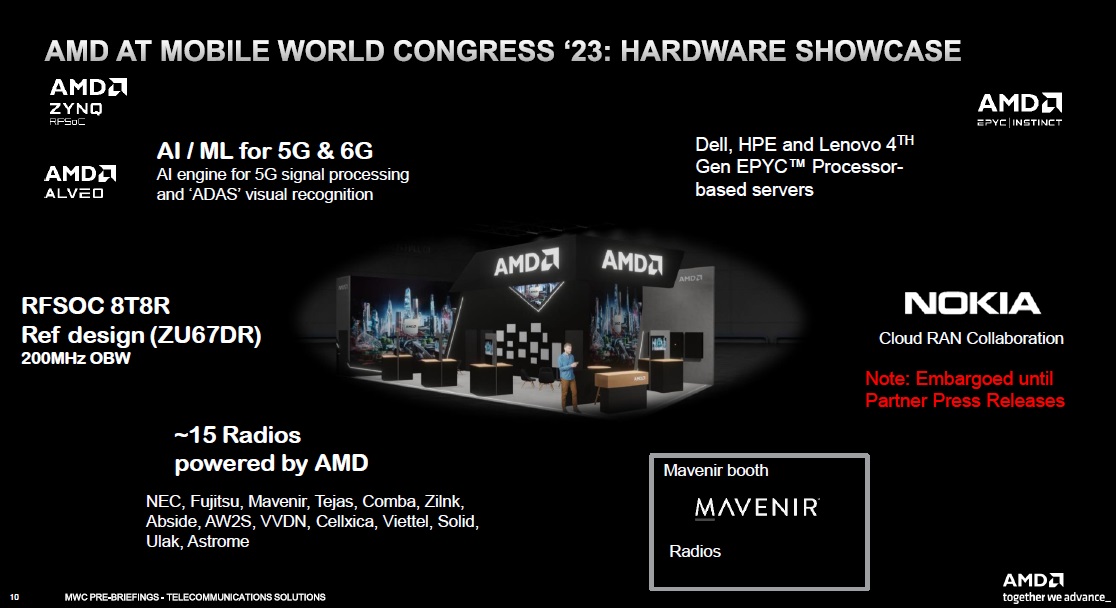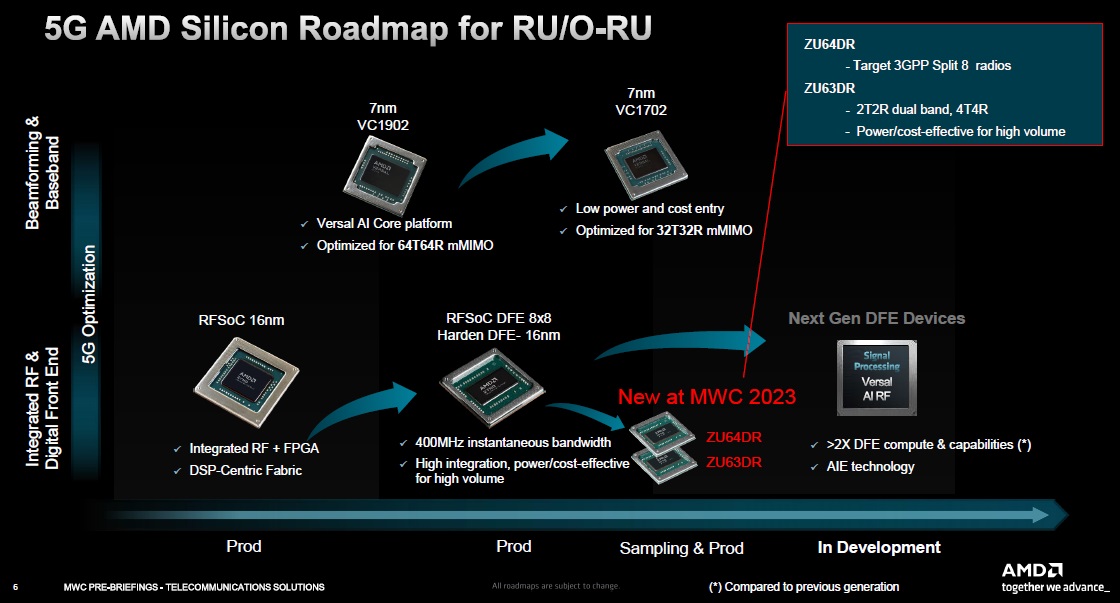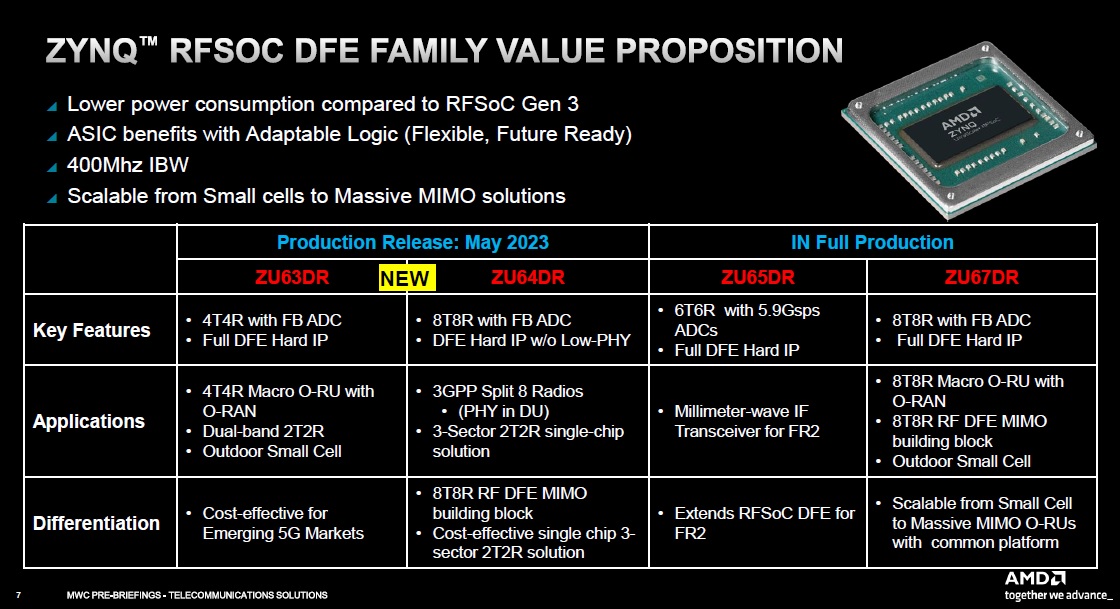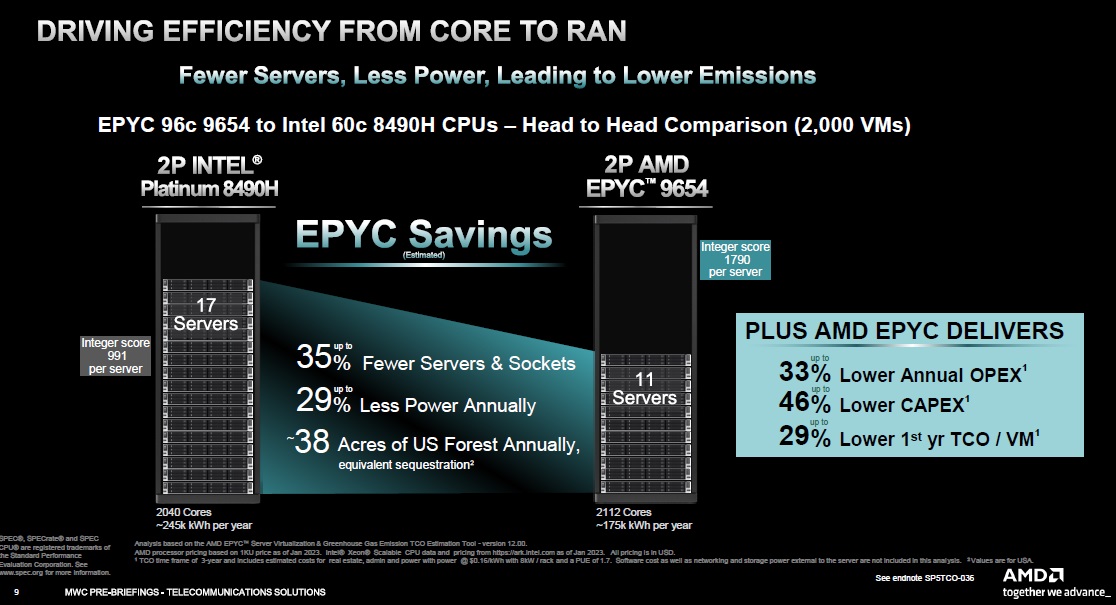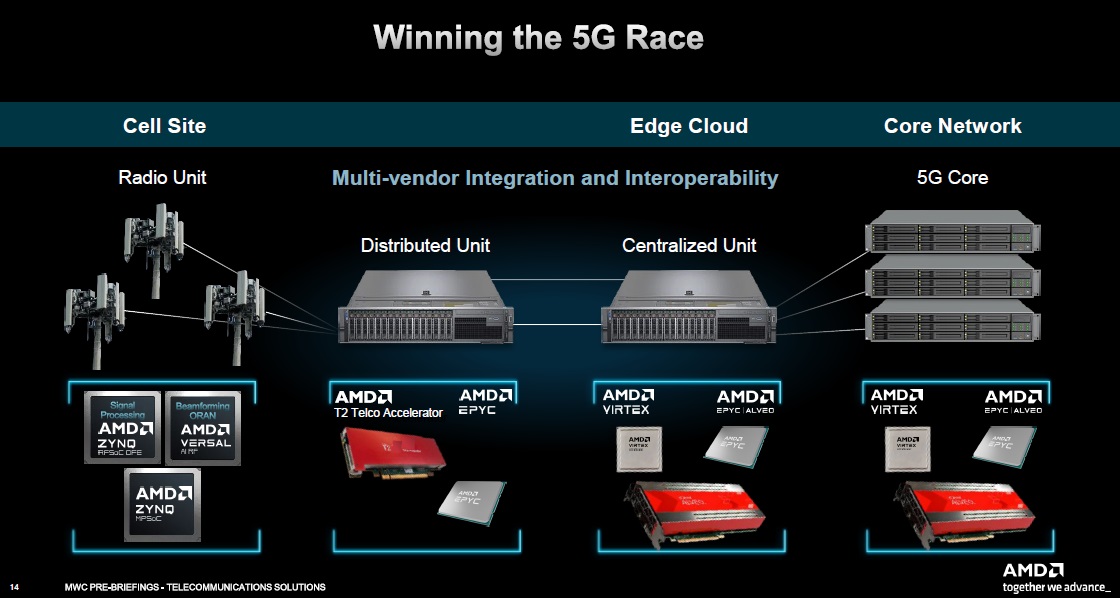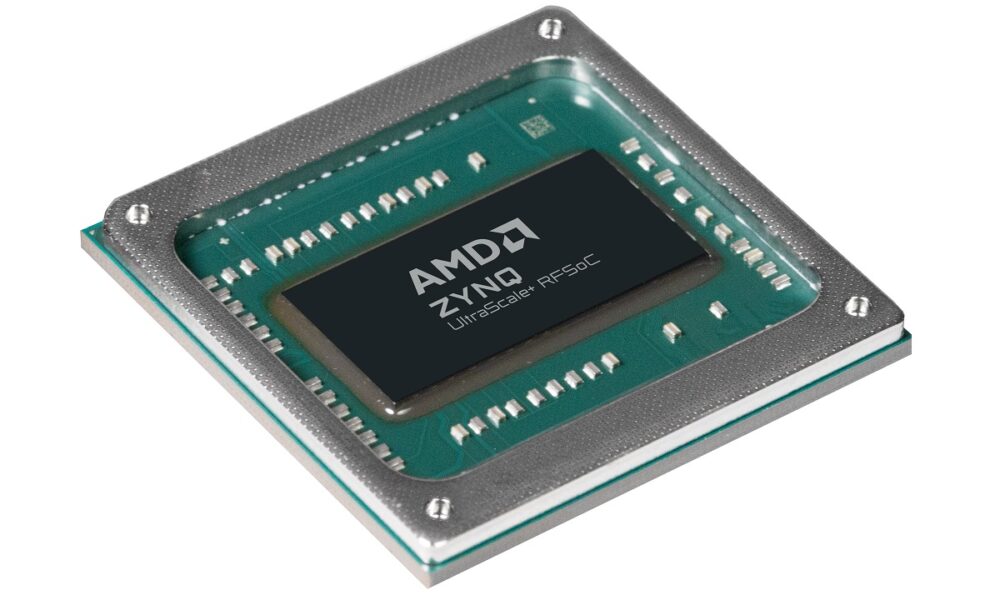
AMD has taken advantage of the expectation prior to MWC 2023 to present a series of important developments focused on a sector that, of course, is not one of those that we immediately associate with the Sunnyvale giant, telecommunications, and specifically the 5G networks. All of you who read us regularly are aware of the importance of these networks, and you will perfectly understand why AMD did not want to be left without a piece of the succulent cake they represent.
AMD’s presence in the telecommunications sector has doubled in the last year, and this has been possible thanks to the integration of the company’s products and those of its subsidiary Xilinx, and also to the creation of its new laboratory to shape solutions focused on telecommunications, which has the invaluable collaboration with VIAVI.
Said laboratory has been fundamental for AMD because, in the end, it has allowed it to shape a complete range of solutions with which I was able to cover the needs of different telemarketers, and with which it can also be adapted to the particularities of different markets. said laboratory validate your end-to-end solutions performing advanced simulations to achieve a perfect result.
Taking a look at these solutions we have to make a mandatory stop at the Zynq UltraScale+ RFSoC and MPSoC, which have allowed the creation of new designs of 4G/5G integrated radio units. and opened up new business opportunities for AMD. This generation has been expanded with two new products, the Zynq UltraScale+ RFSoC ZU63DR and Zynq UltraScale+ RFSoC ZU64DRtwo RFSoC units that will facilitate the expansion and deployment of 4G/5G radios anywhere in the world, even in markets where cost is a critical issue.
The Zynq UltraScale+ RFSoC ZU63DR is a solution that specifically targets four transmission and four reception applications (4T4R)and also points to dual-band O-RAN radio units (O-RU) located in what we can consider as entry level. The Zynq UltraScale+ RFSoC ZU64DR is designed for eight transmit and eight receive (8T8R) O-RU applications using the split-8 3rd Generation Partner Project (3GPP) option, supporting both legacy and alternative radio unit architectures.
Both RFSoC devices take advantage of the deep DFE integration available in AMD’s flagship device, the Zynq UltraScale+ RFSoC ZU67DR, and are expected to begin mass production on second quarter of 2023. On the other hand, AMD has also highlighted the importance that its fourth-generation EPYC processors will have in the 5G race due to its adjusted performance-consumption value, and due to the improvements it allows in terms of space occupied and cost-performance.
Last but not least, AMD has confirmed an extension of its collaboration with Nokia which will be focused on its fourth generation EPYC processors, and which will allow the Finnish company to offer Cloud RAN solutions to help communications service providers meet their performance, cost, sustainability and energy efficiency goals.
